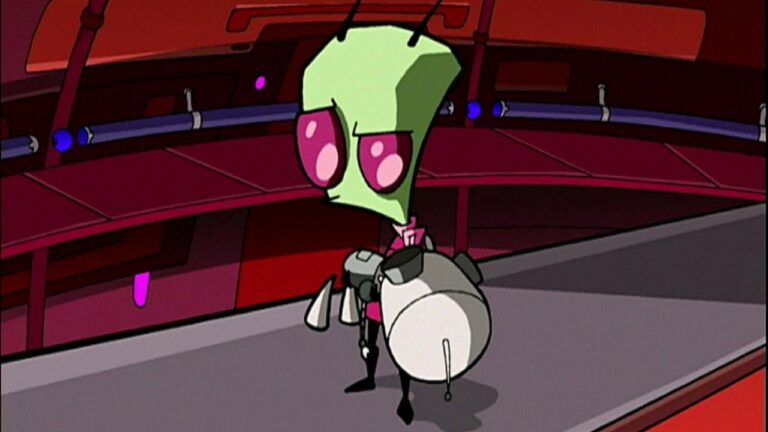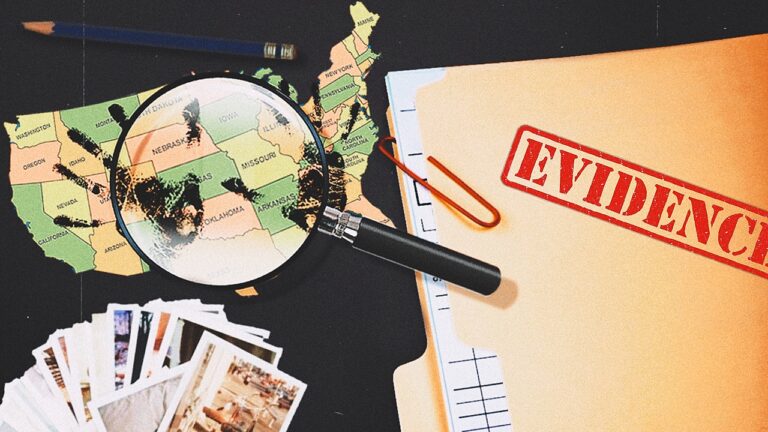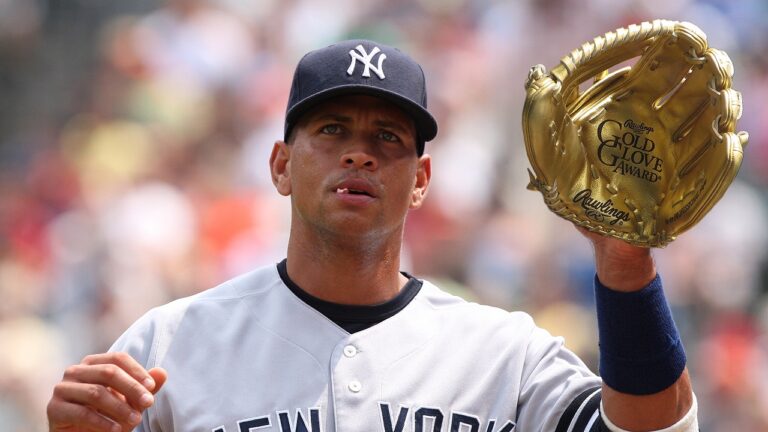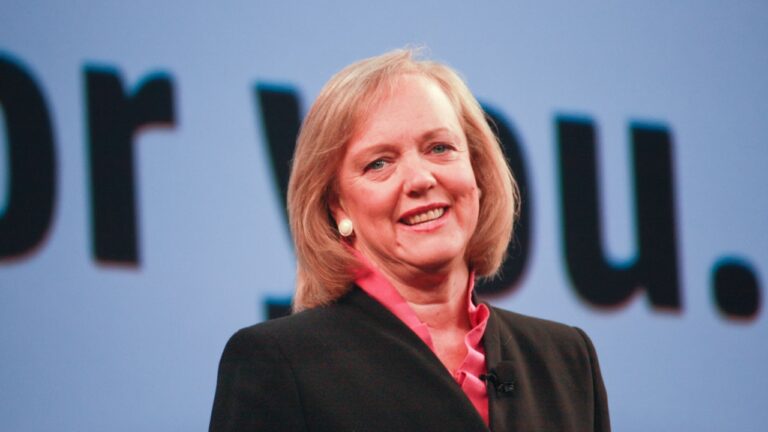Terrible Movies To Avoid This Spooky Season
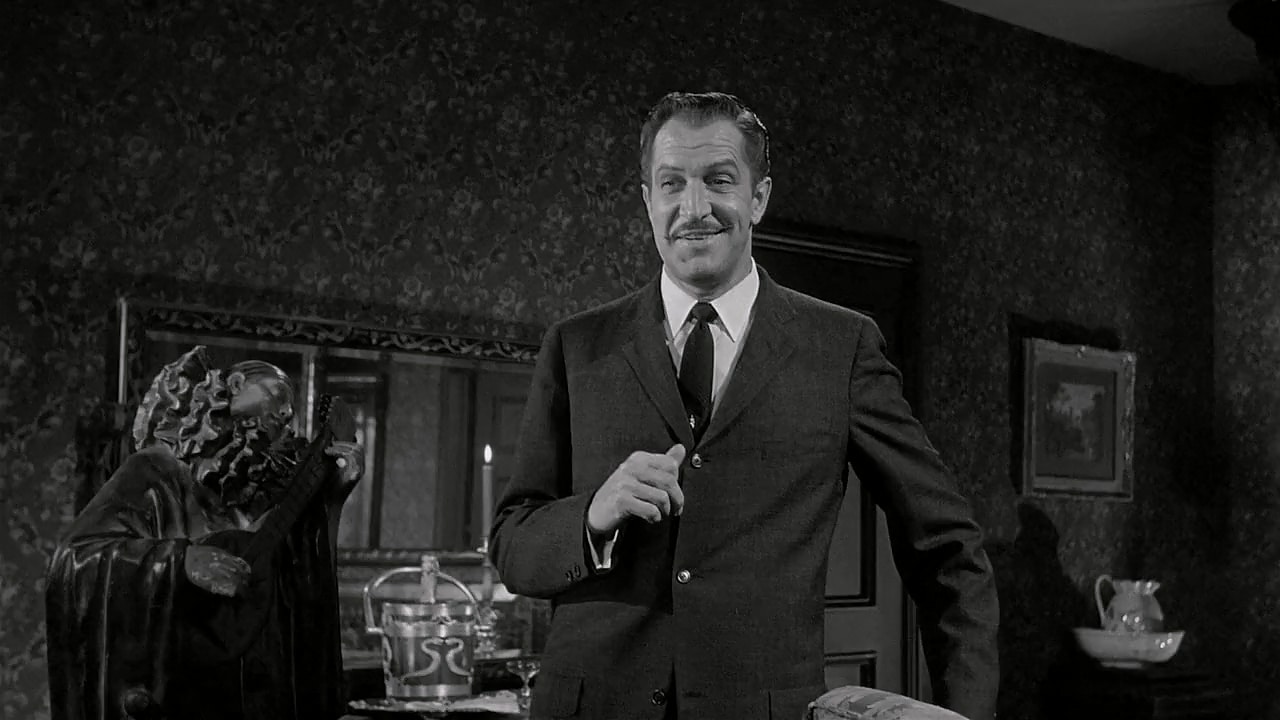
In many ways, horror is the most accessible film genre to do well. With creepy strings and a loud bang, filmmakers can startle the reader and create a sense of unease. Even movies that first met with derision from critics, such as Halloween or The Thing, now enjoy classic status. That said, they can’t all be winners. Anyone looking for a good scare this spooky season would do well to avoid these movies so bad that they can’t even frighten a nervous cat.
1. It (1990)

Even the biggest Stephen King fan must admit that adaptations of his books can be hit or miss. Case in point, the 1990 TV movie adaptation of It featured a mesmerizing performance by Tim Curry as Pennywise the Clown and nothing else worth mentioning. Of course, network censors prevented director Tommy Lee Wallace, who co-wrote the screenplay with Lawrence D. Cohen, from depicting the carnage described in King’s book. But that doesn’t excuse the decision to superimpose Pennywise’s face on the moon, the terrible one-liners from Harry Anderson’s Ritchie, the overbearing strings, or anything else.
2. Jaws: The Revenge (1987)

As every behind-the-scenes story will attest, it took several miracles to bring Jaws to the screen. Between Spielberg’s natural acumen and the well-documented technical failures, Jaws became a humanistic adventure with more than enough scares. The sequels never hit the same level of character depth, but they still get a few shocks until the fourth entry, that is, Jaws: The Revenge. Not only does the script by Michael de Guzman suggest that the sharks have a grudge against the Brody family, but director Joseph Sargent shoots all the attacks in such a haphazard manner that not even John Williams’s famous score sends a wave of terror through the viewer.
3. A Nightmare on Elm Street (2010)

The horror genre has a high rate of solid remakes, as demonstrated by classics such as The Thing, The Fly, and The Blob. However, the 2010 remake of A Nightmare of Elm Street misses the mark in every way. Screenwriters Wesley Strick and Eric Heisserer make explicit the nastier implications of Wes Craven’s original films, stripping away the fun of the dreamy set pieces. Samuel Bayer’s grimy direction only heightens that unpleasant feeling, as does Jackie Earle Haley’s growling take on Freddy Krueger.
4. Sinister (2012)

Working with his frequent collaborator and co-writer C. Thomas Cargill, the director Scott Derrickson has a lot of good things going on in Sinister. The story of a crime author (Ethan Hawke) who discovers a demonic figure who drives children to murder their families, Sinister features unsettling tone pieces involving death by lawn mower or pool drowning.
And yet, Derickson destroys this haunting mood by relying on jump scares, cheap startling moments when the main monster, christened with the ridiculous name “Bughuul,” pops onto the screen to shout “boo.” The decision cheapens an otherwise powerful film, refusing to give the themes the attention they deserve.
5. Annabelle (2014)

Time and again, James Wan has proven himself a master of horror filmmaking, an expert in using the camera to create dread in viewers. He displays all those skills in the opening of The Conjuring, a vignette about the cursed doll Annabelle. Given the power of that opening, one would expect a movie about Annabelle to be even better. Sadly, writer Gary Dauberman and director John R. Leonetti craft a plodding tale, shot so indifferently that not even a great actor like Alfre Woodard can conjure a believable emotion.
6. Halloween (2007)

For the second half of his remake of Halloween, director Rob Zombie more or less copies the John Carpenter original, reusing similar shots, plot beats, and even music cues. But that tired repetition works much better than the first half of the remake, in which Zombie puts his distinctive spin on the character. Instead of following the lead of Carpenter and co-writer Debra Hill by making Michael an inexplicable evil figure, Zombie turns the Myers into a dysfunctional family, one that indulges in unpleasantness.
This choice threatens to turn the entire project into a funny skit and highlights the limits of Zombie’s imagination.
7. Renfield (2023)

On paper, Renfield sounds like a home run. An updating of the classic Universal Dracula story, focusing on Dracula’s familiar, with the always interesting Nicolas Cage as the Count? What could go wrong? It turns out the answer to that question is “a lot.” Despite Cage’s fun take on the Prince of Darkness, director Chris McKay seems more interested in making a gory action comedy than a horror flick. That wouldn’t be a problem, but the screenplay by Ryan Ridley leaves its cast of improv comedians to do rambling riffs, and McKay over-relies on CG blood, which lacks the charm of its practical counterpart.
8. The Grudge (2020)

Most American versions of Japanese horror movies need help understanding the cultural milieu that influenced the original. Writer and director Nicolas Pesce tried to alleviate that problem for his 2020 movie The Grudge, which attempted to better connect the American franchise to the Japanese original while making the haunted house story relevant to modern audiences. Despite the help of a great cast, which includes John Cho and Andrea Riseborough, Pesce’s elevated approach stripped the story of any tension. It confused viewers through an understated ending that audiences wondered if anything happened.
9. Children of the Corn (1984)

Based on the Stephen King short story of the same name, Children of the Corn has an irresistible premise and opening scene in which the young people of a rural town attack their elders. However, after an upsetting moment involving a meat slicer, Children of the Corn fails to generate much excitement or fear. King’s short sags when screenwriter George Goldsmith stretches it to feature length, and director Fritz Kiersch overestimates the amount of menace his kiddie cast can muster. Instead of unnerving audiences, Children of the Corn plods along like an exhausted parent tired out by the kids.
10. The House on Haunted Hill (1959)

William Castle saw cinema not as an art form but as an event, an attraction best sold by a carnival barker’s boasts. The House on Haunted Hill borrows some elements from the Shirley Jackson book The Haunting of Hill House, but the screenplay by Robb White has no use for psychological exploration. Instead, his story of a rich man (Vincent Price) bribing a group of thrill seekers to spend the night in a haunted house seems engineered to deliver cheap thrills. Sadly, an audience’s expectations have changed over sixty years, stripping the film of all its power.
11. The Exorcist II: The Heretic (1977)

Even today, most cinephiles recognize The Exorcist as one of the best, if not one of the scariest, horror movies ever made. One would expect the follow-up to continue the tradition, especially with a unique talent like John Boorman directing, Richard Burton in the lead, and supporting turns from Louise Fletcher and James Earl Jones. However, within ten minutes, The Exorcist II disabuses any one of hopes for a good film. The confused and confusing story devolves into technobabble and spiritual nonsense, lacking any existential doubt that made the original such a classic.
12. Silent Night, Deadly Night Part 2 (1987)

Of course, no one watches Silent Night, Deadly Night Part 2, hoping to see a cinematic achievement. The first entry from 1984 indulges every base impulse, drawing maximum shock value from images of an axe-wielding Santa Claus. The sequel has moments of lowbrow pleasure when Ricky (Eric Freeman), the killer’s younger brother from the first movie, snaps and goes on a rampage down a suburban street and bellows about garbage day.
However, these scenes come few and far between in Silent Night Part 2, as director Lee Harry reuses most of the footage from the first movie, framing it as flashbacks. In short, anyone who has seen the first Silent Night, Deadly Night, has seen almost all of the sequel.
13. Maximum Overdrive (1986)

Given the spotty track results of movies based on Stephen King’s books, it’s no surprise that King would take over the reins and direct his screenplay. Maximum Overdrive has a premise on par with his best stories, in which machinery springs to life and starts attacking humans. King gets a solid cast, a rocking ACDC song, and a giant truck with a Green Goblin face. And yet, he can’t make any part of Maximum Overdrive anything close to scary, too often slipping into goofy humor.
14. Book of Shadows: Blair Witch 2 (2000)

The Blair Witch Project was a bonafide hit in 1999, a movie that used the found-footage model that no other flick has been able to replicate. So what did the producers do to capitalize on the film’s surprise success? They made a traditional horror movie about fans of The Blair Witch Project. That might sound like a metatextual hook befitting the original movie, but director Joseph Berlinger, who has done great work as a documentarian, does nothing interesting with the concept. Ultimately, the Book of Shadows is a minor footnote to a significant cinematic phenomenon.
15. C.H.U.D. (1984)

For the uninitiated, C.H.U.D. stands for Cannibal Humanoid Underground Dwellers. Suppose that title doesn’t whet the appetite of cheesy horror fans. In that case, the plot involves a photographer teaming with an activist preacher to save the city’s unhoused population from the titular mutants. The screenplay by Parnell Hall has some fascinating ideas, but director Douglas Cheek botches the execution, shooting the scare sequences with an indifferent eye and shuffling through the plot. Moviegoers would do better to skip straight to the entertaining sequel, C.H.U.D. II: Bud the C.H.U.D.
16. Leprechaun (1993)

Leprechaun belongs alongside the Child’s Play or Demonic Toys franchises, horror series that make childish things into deadly monsters. The Leprechaun movies do come around to embracing the inherent silliness of the central creature, giving star Warwick Davis cheesy one-liners and sending the Leprechaun to space or into “the ‘hood” to torment rapper Ice-T. But the original Leprechaun tried to more or less play it straight and failed in every way. Not only does Davis’s Leprechaun fail to frighten, but the cast — which includes a young Jennifer Anniston — never seems intimidated by the green-clad beastie.
17. Puppet Master (1989)

Like Leprechaun, the Puppet Master franchise tries to make scary monsters out of kid’s stuff. Unlike that movie, Puppet Master does have a cast and crew suited to such cheesy horror, including production from the B-movie masters at Full Moon Entertainment and direction from B-movie veteran David Schmoeller. Furthermore, the puppets, such as the skeletal Blade and the hulking Pinhead, look pretty cool. Despite these strong points, Puppet Master never figures out how to make the puppets seem alive, let alone scary.
18. The Ward (2010)

John Carpenter has made some of the most well-crafted and terrifying horror movies, including In the Mouth of Madness, The Thing, and Halloween. But he ended his illustrious career on a dull note with The Ward. Instead of the dispassionate camera and dyspeptic worldview that motivated his best work, The Ward has only a nonsense plot about a mental hospital and a flat lead performance from Amber Heard. Most fans have forgotten that Carpenter ever made the movie, and his reputation is better for it.
19. The Babysitter (2017)

As often happens, a wave of 80s nostalgia has gripped popular culture as members of Generation X gain positions of power at movie studios and start to recreate the day glow movies of their youth. The Babysitter has a knowing script from Brian Duffield, filled with winks to the decade’s Satanic Panic and slasher flicks. But it lacks the heart of those films, especially with McG’s slick but empty direction. Instead of recalling the best movies of forty years ago, The Babysitter feels like an old guy trying to get into college parties, insisting he still has it.
20. Ghoulies (1985)

Horror fans of a certain age put Ghoulies among the scariest movies ever, not because of anything that happens in the film. The story written by Luca Bercovici and Jefery Levy, directed by the former, fails to capture the imagination, hitting well-worn plot points with a sense of resigned obligation. No, Ghoulies haunted young denizens of video rental stores because of its cover, which featured a grinning green varmint crawling from a toilet. “They’ll get you in the end,” declares the tagline. That picture may have sent many an 80s kid running from the bathroom, but they need not have worried, as the potty prowler appears only in one solitary shot and never bothers anyone.
21. One Missed Call (2008)

Even at its best, One Missed Call could be little more than a knockoff of The Ring or Kairo, movies that married a ghost story to general technophobia. Even the Japanese original from 2003 failed to make an impression on audiences despite the involvement of reliable director Takashi Miike. The American remake falls even further, never convincing viewers to accept the idea of cursed cell phones. Even worse, director Éric Valette shows none of the flair he exhibited in his debut, the surreal French horror film Maléfique.
22. The Friday the 13th Part VII: Jason Takes Manhattan (1989)

For its first six entries, the Friday the 13th series stayed at Camp Crystal Lake, a wooded locale in New Jersey. Part VII promised to take the unkillable, unstoppable Jason Voorhees to the big city, setting him loose on a new swath of humanity. And to be sure, Jason’s shenanigans in the Big Apple are fun to watch, in which he terrifies punks and fails to shock hardened New Yorkers. But that action only occupies about 20 minutes of the movie’s run time. The rest of the film stays on a boat that a group of high school seniors take from Crystal Lake to the New York harbor, feeling like a lesser version of the already tired Friday format.
23. Halloween: Resurrection (2002)

Nonsense title notwithstanding, 1998’s Halloween H20: 20 Years Later managed to both pay homage to the original film’s power in 1978 and bring the creaky franchise into the 1990s, thanks to a solid script by Robert Zappia and Matt Greenberg, with help from Scream writer Kevin Williamson. And then Halloween: Resurrection squandered all that goodwill, first by killing off the original final girl, Laurie Strode (Jamie Lee Curtis), with an abrupt scene and then with an Internet-centric plot that seemed old and out of touch.
Also, Michael Myers dies from a roundhouse kick from rapper Busta Rhymes, an indignity no movie monster deserves.
24. My Soul To Take (2010)

Wes Craven reinvented horror not once but twice. After a few exploitation cheapies, he gave the slasher genre a phantasmic spin in A Nightmare on Elm Street. Then he took a metatextual route, first with 1994’s Wes Craven’s New Nightmare and then with Scream in 1999. Even an imagination as great as Craven’s falls short occasionally, as with his penultimate film, My Soul to Take. The script written by Craven himself does not capture the voice of his teen characters, and the plot about a serial killer getting revenge a decade after his death follows a path already forged by Freddy. No one expected Craven to change horror a third time, but no one wanted him to make a sad imitation of his best movies.
25. Thirteen Ghosts (2001)

William Castle movies should be remade every twenty years or so. His gimmicky flicks like The House on Haunted Hill have no depth or complexity and seek to provide cheap thrills for the audience, which need to be updated for a new generation. Special effects expert Steve Beck seemed like the perfect person to direct a compelling take on the 1960 Castle movie 13 Ghosts, upping the gore factor of the titular spooks. But Beck’s frenetic camerawork distracts not only his nasty new ghosts but also from the solid work of a cast that includes Tony Shalhoub and Matthew Lillard.
